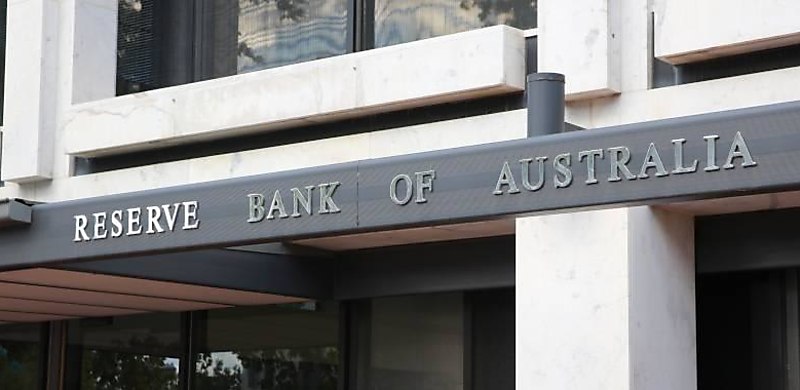
There is near-unanimous agreement that the RBA will reduce the cash rate today, but longer-term forecasts are being revised down.
The Reserve Bank of Australia’s (RBA) Monetary Policy Board will announce its cash rate decision for May/June this afternoon (20 May), with the market widely anticipating that it will lower the cash rate by 25 bps to 3.85 per cent.
As of 16 May, the ASX’s RBA Rate Indicator (which calculates a percentage probability of an RBA interest rate change based on the market-determined prices in the ASX 30 Day Interbank Cash Rate Futures) was showing a 96 per cent chance of a 25-bp May rate cut.
Bank economists – including all of the big four banks – were also forecasting a rate drop, which will take the cash rate below 4 per cent for the first time in almost two years.
Despite near-universal agreement on a May rate cut, not all lenders agree on the future trajectory of the rate-reduction cycle.
Australia and New Zealand Bank (ANZ) has softened its interest rate forecast after saying there is “less urgency” to ease rates over the coming months, given changing macro-economic headwinds.
It had previously said that a May rate cut was “near certain”, but it has since eased back from this stance, noting while it still considered a rate cut “more likely than not”, there was a 33 per cent chance that the RBA may not move.
According to ANZ’s economics team, this was largely due to “encouraging inflation reads”, ongoing uncertainty in the global background, and weaker-than-expected consumption indicators. However, ANZ described a May rate cut as the ‘path of least regret’ for the central bank.
ANZ had also previously forecast that the RBA would cut the official cash rate by 25 bps in May, July, and August, taking the cash rate to a “neutral” level of 2.25 per cent. This forecast was laid out in the wake of the US tariff announcements on 2 April.
However, given the fact that the US-China trade talks have “reduced the risk of a global shock having a more pronounced and immediate impact”, coupled with a softer outlook for domestic activity, ANZ economists no longer expect the cash rate to drop in July.
Instead, the major expects two cuts in 2025 (in May and August) and one in the first quarter of 2026.
“That latter cut comes with a little more uncertainty than the 2025 easings,” the bank economists said on Friday (16 May).
Last week, Westpac’s chief economist Luci Ellis reasserted the major’s view that the RBA will deliver a 25-bp rate cut in May but said that it would be “interesting to see refreshed staff forecasts and the board’s framing of risks around the domestic and global outlook”.
Along with ANZ and Westpac, the Commonwealth Bank of Australia (CBA) also foresees a 25-bp rate cut for May. However, it forecasts this to be followed by another 25-bp drop in August and November. This would take the end-of-year cash rate to 3.35 per cent.
However, the lender’s head of Australian economics, Gareth Aird, said: “We expect the RBA to leave the door ajar for a follow‑up July rate cut simply by not providing any forward guidance.”
In contrast to the other majors, National Australia Bank (NAB) economists have said that positive economic indicators in Australia – coupled with a sharp rise in global uncertainty caused by trade tariffs – could lead the central bank to speed up the pace of interest rate cuts.
NAB has previously said the RBA could cut the cash rate by 50 bps in May, followed by 25 bps in July, August, and November this year.
What are brokers saying?
The CEO of brokerage Home Loan Experts, Otto Dargan, outlined his prediction for a 25 or 50-bp cut today.
However, he said: “House prices would probably increase if rates were cut, and yes, this would be a challenge for an already expensive housing market.”
Home Loan Experts senior mortgage broker Jonathan Preston said that he expects a 25-bp cut, noting: “Yields are jumping up so I don’t think they will do emergency-style 50bp cuts.”
The May rate meeting marks the second session of the new Monetary Policy Board, with the RBA now having two boards – one to set the cash rate and another for governance.
[Related: Expect RBA to act ‘pre-emptively’ to counter global risks: NAB]

